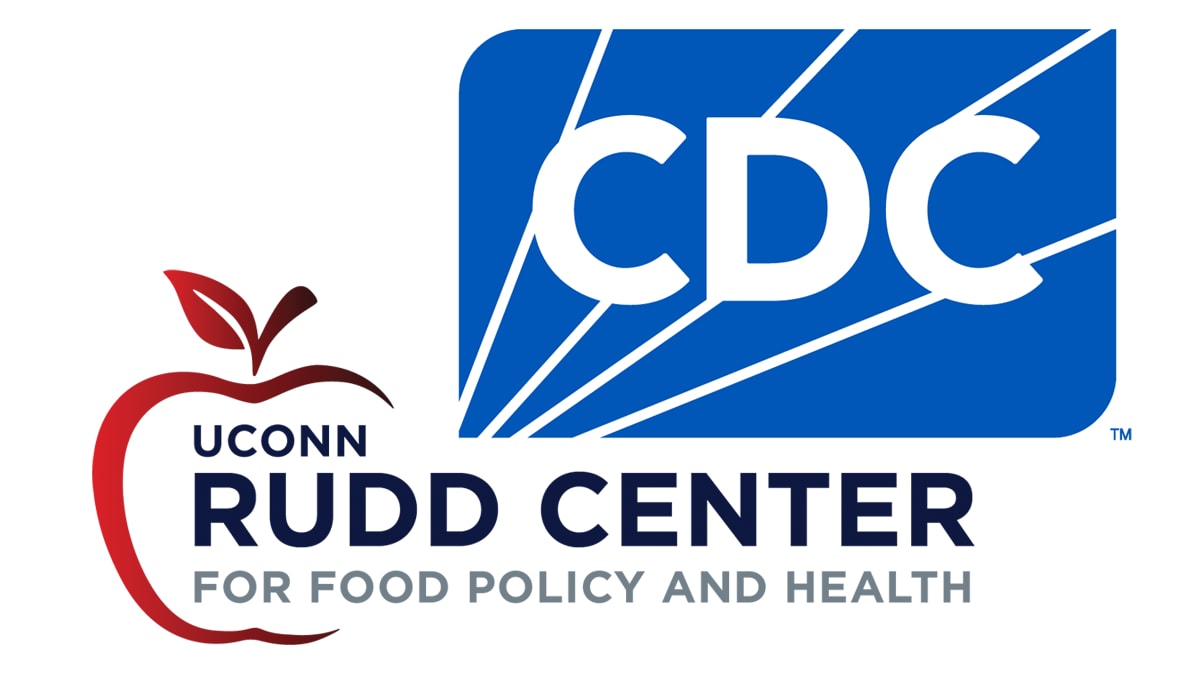At a glance
- The Wellness Policy in Action Tool (WPAT) helps school districts and schools examine the relationship between district-level written wellness policies and school-level wellness practices.
- This information will help users interpret WPAT results and take the best action.

Topic scores
WPAT will provide users with three separate scores for each WPAT topic, including:
- A policy score (no policy, weak policy, strong policy).
- An implementation score (not in place, partly implemented, fully implemented).
- A recommendation for next steps based on the policy and implementation scores.
Recommendations
The four possible recommendations are:
- Strong policies and aligned practices: This identifies topics for which the district has a strong policy and the school is fully implementing practices that align with the policy.
- Update policies: This identifies topics for which the school is fully or partly implementing a practice. But there is no or only weak language in the district’s written policy. The recommendation is to update the written policy to match the current level of practice implementation.
- Create practice implementation plan: This identifies topics for which there is a strong or weak policy, but practice implementation is either absent or limited. The recommendation is to work with the key stakeholders and create a plan to fully implement the policy as written.
- Opportunity for growth: This identifies topics for which the district and school have either not addressed the topic in policy or practice or addressed the topic in only a very limited way. The recommendation is to determine whether this is a priority area. If so, it's necessary to update the policy and create a practice implementation plan.
Next steps
Users can consider the following questions when deciding if policy updates or implementation plans are a priority:
Timing: When was the policy last updated? Is the timing right for updating it now? When will the district School Food Authority need to complete the triennial assessment for the wellness policy?
Resources: Is funding or are other human resources needed to pass a new policy or start new practices? Are these resources available at this time?
Support: Is there support among leaders and other school-level stakeholders (parents, students, teachers, staff) to make changes to school health practices?
